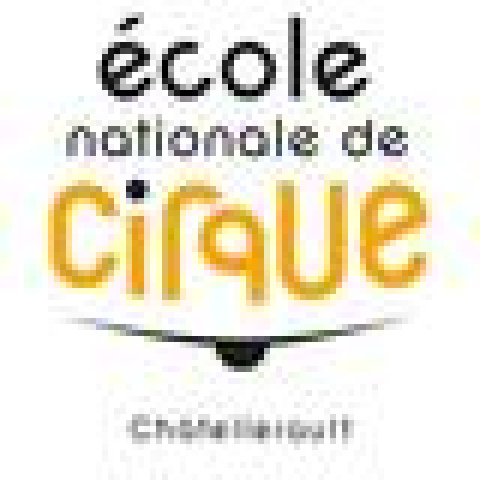-
The École Nationale de Cirque de Châtellerault was born from the will of its two co-founders, Roser Segura and Dominique Toutlemonde (both from the circus and theater worlds), with the support of the Ministry of Culture and the City of Châtellerault. Buildings 164 and 208 of the former Manufacture d’Armes were chosen as the ideal location for the circus school.
The primary mission of the ENCC is therefore to implement a circus pedagogy for everyone.
In 1995, the first objective of the school was to offer, in a defined territory, a training in circus arts in order to respond to a contemporary movement that had been breaking away from a traditional, quasi-familial mode for several years.
The creation in circus arts had gradually made their mark with the consequence, among others, of rethinking the modes of pedagogical transmission of the circus.
Since its creation, the ENCC has written and implemented several course programs in the leisure sector at first, then in the circus arts option in the bachelor's degree in 1998, to finally obtain in 2005 the recognition of the professional training provided in the form of lifelong learning and complementary training for integration.
1995, the École Nationale de Cirque de Châtellerault welcomes the first preparatory class, the objective of this training being to prepare the students to integrate the higher schools such as the ENACR or the CNAC. Between 1995 and 2004, 82 students have benefited from this training and most of them have become professional artists.
In 1998, the first class of the circus arts option in partnership with the Lycée Marcelin Berthelot entered the school to follow a three-year course that would lead them to obtain their baccalaureate. For nearly 13 years, this option will remain the only one in France. Each year, 18 students from all over France, but also from neighboring countries such as Belgium, Switzerland and even Spain, join this option to follow between 10 to 11 hours of practical and theoretical classes per week.
To date, slightly more students 310 have taken the circus arts option, with an average graduation rate of 97% since 2010, 81% of whom continue in circus training programs. The leisure sector welcomes nearly 125 students - children and adults - each week. Some of them manage to integrate the baccalaureate in the circus arts specialization.
In 2020, we (re)created the preparatory course for entry into higher education in circus arts, with the strong conviction of:
- our experience acquired through promotions in different sectors;
- the way in which former students, most of whom have become professionals, are viewed;
- the will to stay in touch with the actuality and the realities of the circus artist's job today;
The cultural world, and particularly that of the performing arts, is a landscape in constant movement, evolving and asserting itself according to influences and creators, the fruit of mixtures, witnesses and often precursors of the orientation of societies.
The creative circus advances and evolves, tinged with dramatic, choreographic, human, digital colors and multiple origins.
A school must follow these trends, or even precede them: we actively contribute to the formation of artists who will move the codes and walls of current conventions.
École Nationale de Cirque de Châtellerault
Professional Circus School, Pre-Professional Circus School, Recreational Circus School, Residency Space
-
Organizational Affiliation:
- Founded: 1995
- Number of Students: 101-200
About
About
You are about to enter a members-only zone.
To view this page you have to sign up. It’s free!
Already have an account? Log in now.
Acro Back does not currently have any jobs listed. Please check again later.
You are about to enter a members-only zone.
To view this page you have to sign up. It’s free!
Already have an account? Log in now.
















